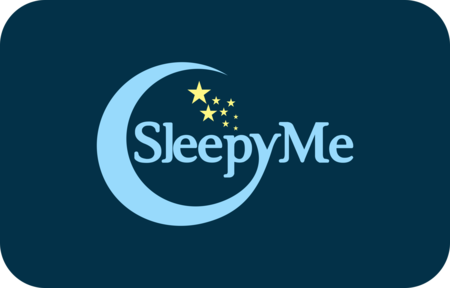Bed Sheet Fabric Guide
Fiber Content
There are different type of fabrics used in bed sheets.
Cotton
Cotton is the most used and favored fabric for bed sheets since it’s the most durable, breathable, and softest. It is an excellent material for just about anything thanks to its breathability and moisture wicking properties. It will keep a person warm in the winter and cool in the summertime so it’s great for year round usage. It’s also abundant so there is no problem with the supply.
Bamboo
The nice thing about bamboo is that the tree grows very quickly. They can be harvested within a few years and grow back just as fast, making them ideal as a sustainable material. The pulp of their grass has several sought-after properties like resistance to bacteria and being hypo-allergenic. Allergies can be a problem with some types of fabric, so this is a good thing for the sensitive individuals.
Tencel®
Tencel is a man-made, new-age fiber. It’s made of cellulose, usually from renewable resources. Because of this, Tencel is the more eco-friendly choice. It has a soft feel and an outstanding ability to resist moisture and hinder bacteria growth.
Silk
Silk is luxurious, soft fiber produced from silk worms. Silk sheets create a silky, cool alternative for warm summer days. Silk is also naturally hyper-allergenic, which is another alternative for people who suffer from allergies
Polyester
Polyester is a man-made and natural fiber produced from polymers which contain the ester functional group in their main chain. It provides good durability characteristic. Polyester is more likely used as a filler in blends of cotton sheets.
Microfiber
Fabric composed of extremely fine fibers of polyester. It is affordable and soft, and resist pilling more than traditional polyester fabric does. However, microfiber is less breathable than cotton and is probably not the best choice for those with sensitive skin.
Blends
It’s very important to know about fabric blends because it’s very common in bed sheets. Blends are often found in high-end and inexpensive bed sheets to create durability. Blends can be a combination of types of cottons, silk, or other fibers. Most blends found in bedding fabrics are made of cotton and viscose fiber from bamboo, silk or polyester.
Type of Weave
The type of weave used in the fabric for bed sheets plays a part in the durability and price of the finished product. These are the different type of weave.
Plain Weave, the simplest of the basic weaves, is used for about 80% of all bedding. In a plain weave, each yarn alternately crosses over and under another to produce a strong, even fabric. Examples of plain weaves are batiste, voile, percale, cambric, and gingham.
Twill Weaves, identified by a diagonal rib or twill line, are used to produce strong bedding fabric that can have a softer "drape" than a plain weave. The twill construction has more cotton fibers exposed on the surface of the fabric, so it can be sanded or brushed for extra softness. As twills take longer to produce than a plain weave, they are generally a bit more expensive than a plain weave.
Sateen Weave is used to produce smooth, lustrous, higher thread count bedding with a thick close texture. The number of yarns exposed on the surface of the fabric gives sateen its characteristic sheen. As sateen is the slowest of the three basic weaves to produce, it is generally higher in price.
Patterned Weaves are the most difficult and most expensive to produce due to their complexity, and produce the most durable fabrics used in bed sheets. There are two different type of patterned weaves:
Dobby fabric is the more economical of the two basic pattern weaves, and is limited to simple designs
Jacquard is the most complex weave and requires the finest quality of yarn. It is the most expensive of all types of weaves to produce.
